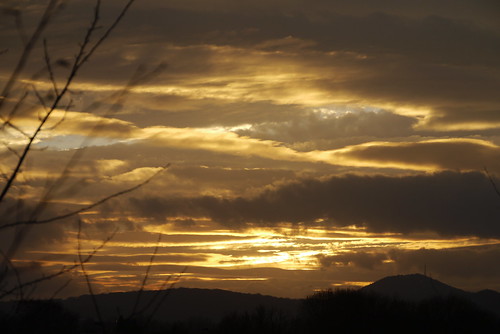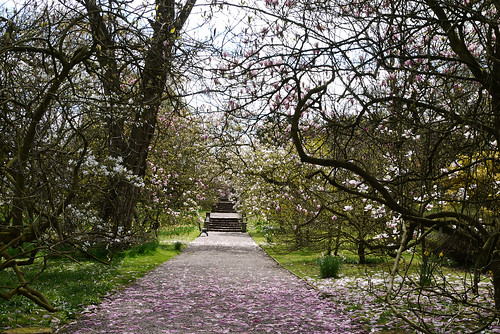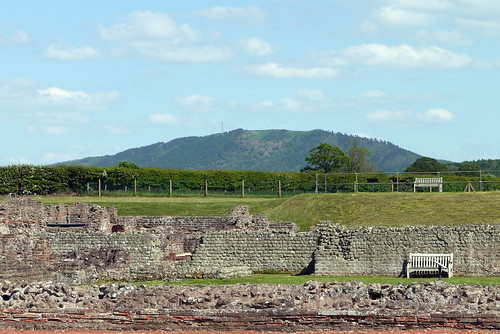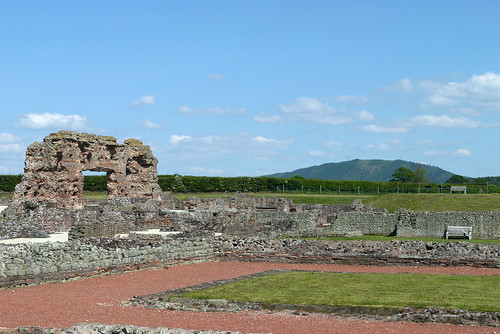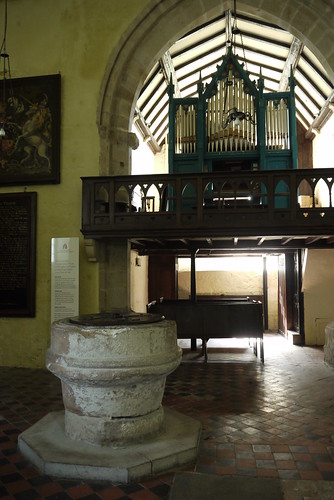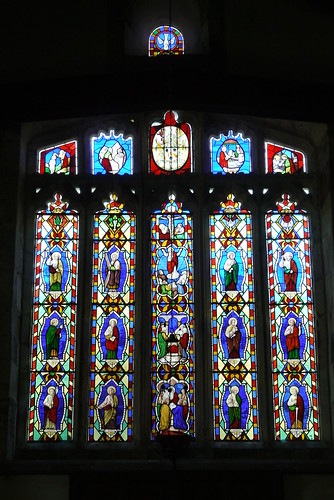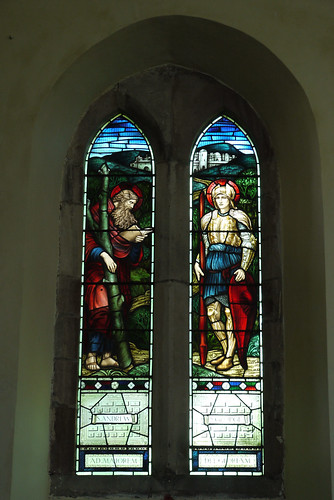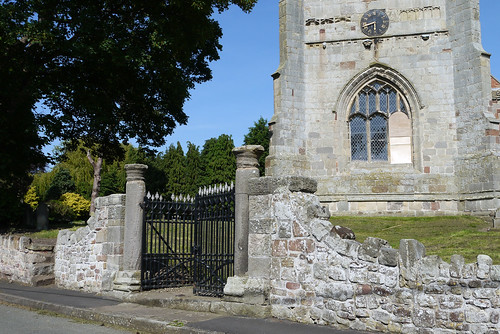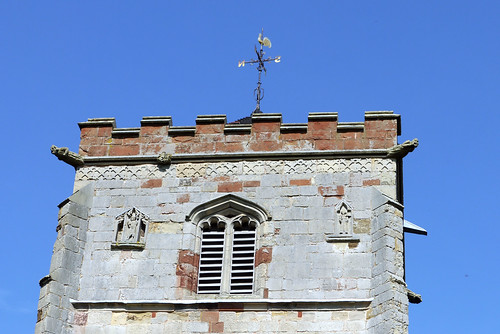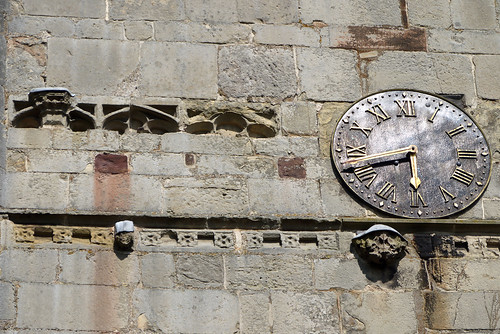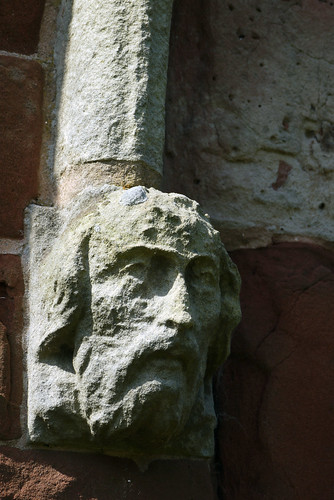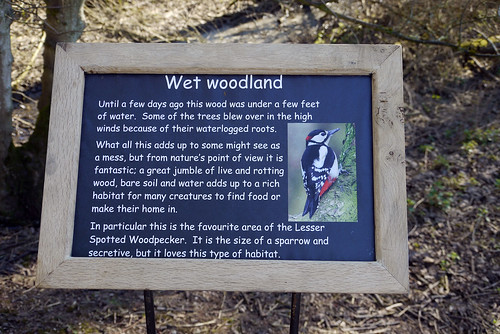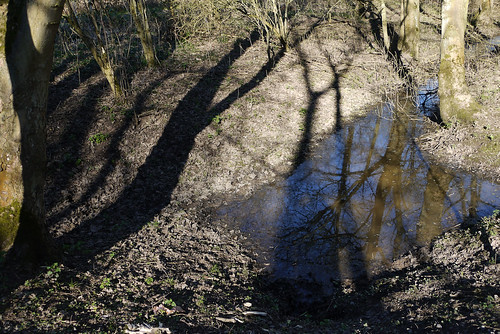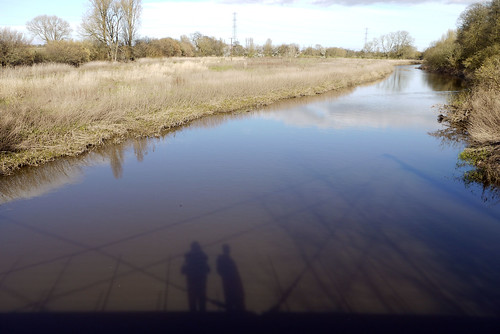…due to an unfortunate weekend incident.
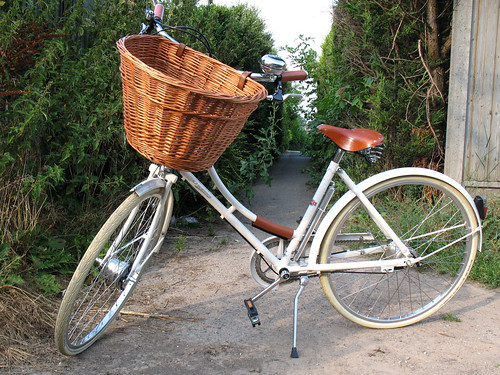
On arrival at work this morning I was greeted at the doorway and informed that most of the electrics in the building were not working. Hot and cold water were available and partial lighting in one of the ladies toilet facilities. I was also told that if I was not comfortable with these arrangements I could go to a nearby building to use the facilities there.
We moved office buildings in early 2011 to a building that had been newly refurbished. One of the features was state of the art water boilers for hot drinks. They are billed as having the capacity of providing 200 cups of boiling water per hour. They never quite lived up to expectations and broke down frequently and the temporary alternatives were less than adequate.
The decision was eventually made to provide wall mounted zip boilers in addition to the current facilities. These were fitted over a weekend two weeks ago. They did not get wired up for use that weekend because the electrician had fallen ill. The work was rescheduled for last weekend. The electrician turned up but an unfortunate incident occurred. He dropped his screwdriver shorting out most of the building’s electrical circuits and at the same time gave himself quite a ‘shock’. We were informed that the electrician was alright (thank goodness).
The building facilities were back up and running mid morning but the computer systems took a little longer… And the hot drink facilities are still less than adequate.
After a day like that it was an ideal opportunity to take advantage of the sunny weather and hop on my bicycle to enjoy a relaxing cycle ride. The experimental route I chose was rather overgrown (including lots of brambles and nettles). This was not ideal especially as the pathways are supposed to be part of the local cycle network. This meant I had to do a lot of walking in addition to the cycling. On the plus side, at least it gave me a bit of exercise 😉


